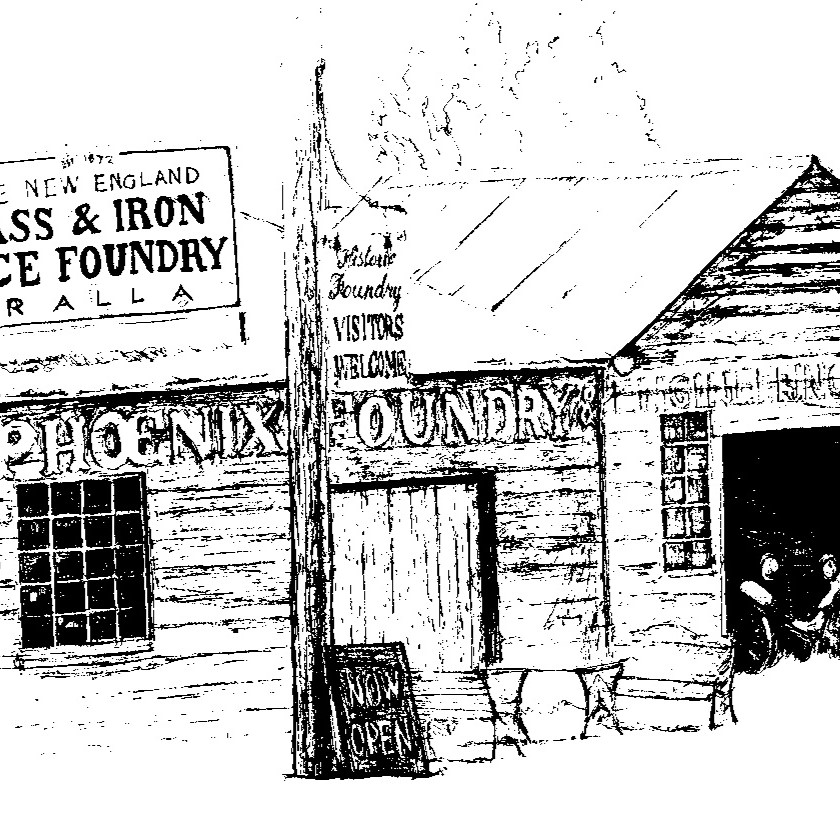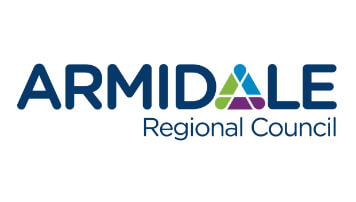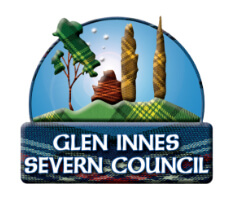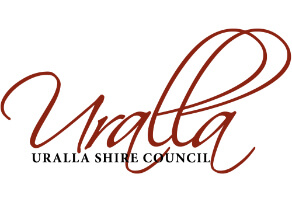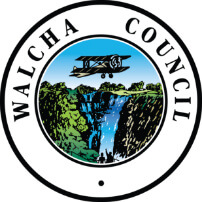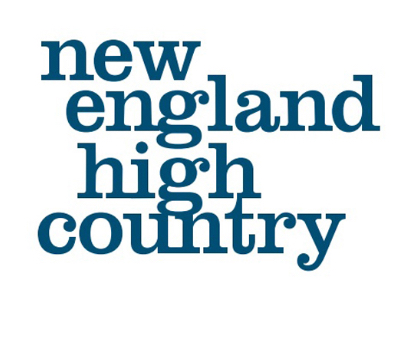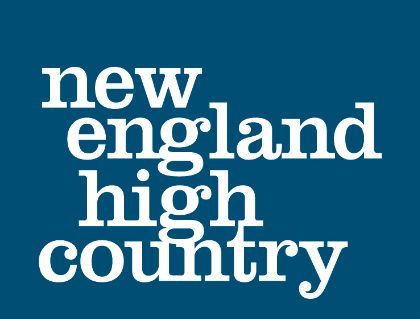Wander around the little town of Uralla with your eyes open. There are lots of surprises. And we don’t want you to get run over.
We can’t offer you mansions. Sorry, but they’re all out of town, built by squatters who began to move up onto the tablelands in the 1830s. Despite the climate, they eventually prospered.
A few bark humpies in ragged formation near the creek and the main road, that was Uralla in the 1840s.
Gold was discovered at Rocky River in 1852, and by 1856 there were five thousand miners, many of them Chinese, on the goldfields (see “New Gold Mountain”, an exhibition at McCrossin’s Mill). So the township was surveyed and gazetted in 1855, and the highway officially relocated from Queen Street to Bridge Street.
Local hardwood, split, adzed, or pit-sawn into weatherboards, was used to construct buildings on foundations of adzed tree trunks.
They soon gave way, sometimes literally, to bricks, handmade from the clay of creek banks, and freely available basalt and granite.
Cedar window sashes and doors arrived by bullock dray from Maitland, and iron lace from the local foundry.
The pioneering McCrossin family, from County Tyrone, Ireland, had begun to make their mark. The arrival of the railway in 1882 was certainly worth the whistle for the 380 residents.
The advent of the motor car made Armidale more accessible and attractive, and Uralla’s population remained at around one thousand until the 1960s when Uralla’s cheaper land and lower rates became more enticing. Because of that relatively stagnant 40-year period, there were few new buildings. Many of the old ones stood unused, but not abused, preserved by neglect.
In the 1970s, newcomers recognised Uralla’s quaint heritage collection. Now the new occupants, and the whole community, value Uralla’s charm.
You do the same, eh? But keep your eyes open.
Pick up a copy of Uralla’s Heritage Walk Guide from the Uralla Visitor Information Centre
104 Bridge Street, Uralla NSW
(02) 6778 6420
visit@uralla.com
www.uralla.com
